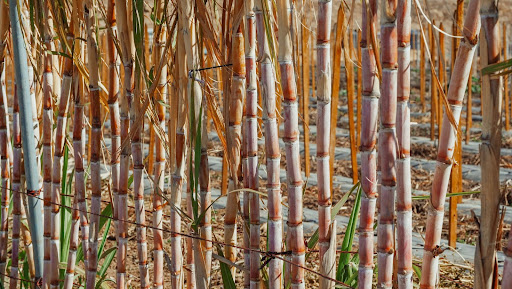Comprehending the Nutritional Conveniences of Beetroot Sugar Vs Walking Stick Sugar for Health And Wellness Conscious Customers
When taking a look at the nutritional effects of beetroot sugar versus walking stick sugar, health-conscious customers discover that both selections mostly contain sucrose and offer similar caloric worths, each contributing about 16 calories per teaspoon. Despite this similarity, neither type confers substantial health benefits, as they are lacking important nutrients. Exploring the more comprehensive effects, consisting of ecological factors to consider and lasting health and wellness results of sugar usage, could light up a lot more nuanced distinctions between these two sugars.
Nutritional Account and Caloric Value of Beetroot Sugar and Walking Cane Sugar
Although both beetroot sugar and cane sugar are primarily composed of sucrose, their nutritional profiles and caloric worths are extremely similar. Each provides about 16 calories per teaspoon and consists almost totally of carbohydrates, with marginal quantities of healthy protein or fat. These sugars likewise lack substantial amounts of vitamins or minerals. The refinement procedure remove the majority of the fundamental nutrients, making both types almost identical in terms of nourishment. There are trace differences in the contaminations that continue to be after processing, which can slightly influence the flavor and color of the sugars, yet these are negligible in terms of health impact. For customers concentrating on nutritional influence, the option in between beet and walking cane sugar is extra concerning individual preference or prospective ecological concerns instead of nutritional differences. Both must be eaten in moderation within a balanced diet plan because of their high calorie web content and absence of necessary nutrients (beet sugar vs cane sugar).
Environmental Influence and Sustainability of Sugar Production
While the nutritional differences between beetroot sugar and walking stick sugar are very little, their production procedures present more significant variations, specifically in terms of ecological effect and sustainability. Walking cane sugar manufacturing commonly entails considerable land use and logging, which adds to environment destruction and biodiversity loss. This farming is likewise linked with high water usage and water air pollution because of the overflow of pesticides and plant foods. In contrast, beet sugar manufacturing commonly calls for much less land and can be grown in even more temperate environments, which may decrease the requirement for irrigation and the connected water go to website resource deficiency.
Nevertheless, beet farming is not without its environmental obstacles; it entails considerable energy inputs, specifically in the northern climates where it is expanded, as a result of the requirement for longer heating durations in sugar processing. Both sugar beetroot and sugar walking stick sectors are exploring a lot more sustainable methods, consisting of crop rotation, natural farming, and boosted waste administration strategies to minimize these impacts.
Wellness Effects and Recommendations for Sugar Intake
Despite their minimal dietary differences, both beetroot sugar and walking stick sugar can have harmful health and wellness effects when eaten over. High intake of either sort of sugar contributes to a variety of health issues, consisting of obesity, type 2 diabetic issues, and cardiovascular disease. Both sugars are pure sucrose and offer no essential nutrients apart from calories, leading to fast spikes in blood sugar degrees upon usage.


Verdict
